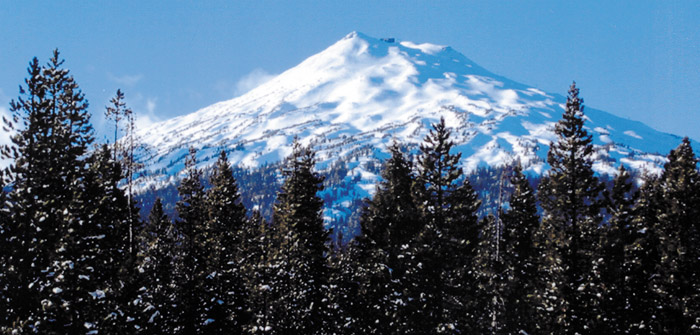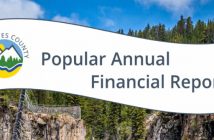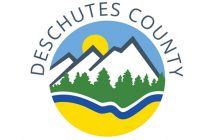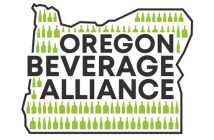Central Oregon Remains a Special Place
Central Oregon’s economy is decidedly on the upswing after weathering some eight years of the recession and slow recovery, but still faces challenges including a shrinking labor supply as part of the new narrative, regional business and community leaders heard at a recent economic presentation.
Charley Miller, president of the 104-year-old family company Miller Lumber, took a historical perspective at the presentation and recounted that many of the issues the Central Oregon community was struggling with today were fundamentally the same in the 1900s.
Urging newer generations to continue that legacy, he said: “Bend has been led by positive people who come up with solutions to challenges. They don’t sit idle. They just make things happen. And they don’t do it for now, they take the long view.”
Despite the challenges over the years, he said Bend in particular had been able to succeed because of a proud tradition of visionary people in the community being engaged in the dialog and coming up with creative answers to ensure continued growth and prosperity
Today’s key issues needing to be addressed on the horizon include lack of affordable housing options — with many median wage workers barely able to afford an apartment locally — and a perceived skills set shortage which could curtail progress in this emerging new expansionist phase. Due to a shrinking labor force, businesses are going to have to start thinking about how they could attract and retain the “best and brightest” employees.
Over this last year the local economy regained the more than 10,000 jobs lost during the recession and Deschutes County’s economy is in significantly better shape than prior to the downturn by being more diverse and stable and less reliant on the twin pillars of construction and tourism. Biotech, aviation and numerous local entrepreneurs are forging the backbone of the economy.
Miller said it was a critical time in Central Oregon with upcoming big decisions surrounding issues like the new urban growth boundary, transit and multi-family housing set to influence what Bend looks like in the future, adding: “Bend will grow. Bend will change. Be involved.”
According to the Office of Economic Analysis the pace of improvement in Oregon’s labor market continues to be full throttle. Job growth has slowed a bit from rates seen earlier in 2015, but remains north of 3 percent over the past year. Given demographic trends — with the labor force growing slowly as babyboomers retire — such rates are as strong as can be expected.
Everywhere we turn in Bend, it seems something is under construction. You can be grateful about this resurgence of our economy but might want to be a little leery of what may be around the corner if housing and construction costs continue to rise.
It is true that many new residents arrive in Central Oregon unemployed or in search of work. It takes time – an adjustment period – for a regional economy to absorb and integrate an influx of new job seekers. Today’s pace of job gains, approximately 4,000 per month throughout Oregon, is double what is needed to keep up with population growth. By this time next year, if the economic forecast comes to pass, employment in Oregon will have fully caught up to the population gains since the onset of the recession.
The Central Oregon region sits in a favorable position with Bend-Redmond just ranked at No. 8 among small metros in this measure of economic performance, which includes creating and sustaining jobs. Bend-Redmond climbed 38 spots from previous measurements.
Led by its vibrant tourism industry, Bend finished third among small metros in one-year job growth ending in 2014, outpacing the national average by four percentage points during that period.
More recent job momentum points to an expanding economy, with the metro recording the third-fastest overall job gains in the nation over the 12 months ending in August 2015.
All this growth and national status as an economic hub will prove to be both a blessing and a challenge to our region. As we look to escalating plans to meet housing needs, increasing education opportunities at our new four-year university via OSU-Cascades, finding ways to fund infrastructure needs and sustainability prospects it feels like we’re up for the challenge.
(Photo above: Mt. Bachelor by Pete Fjosne)





